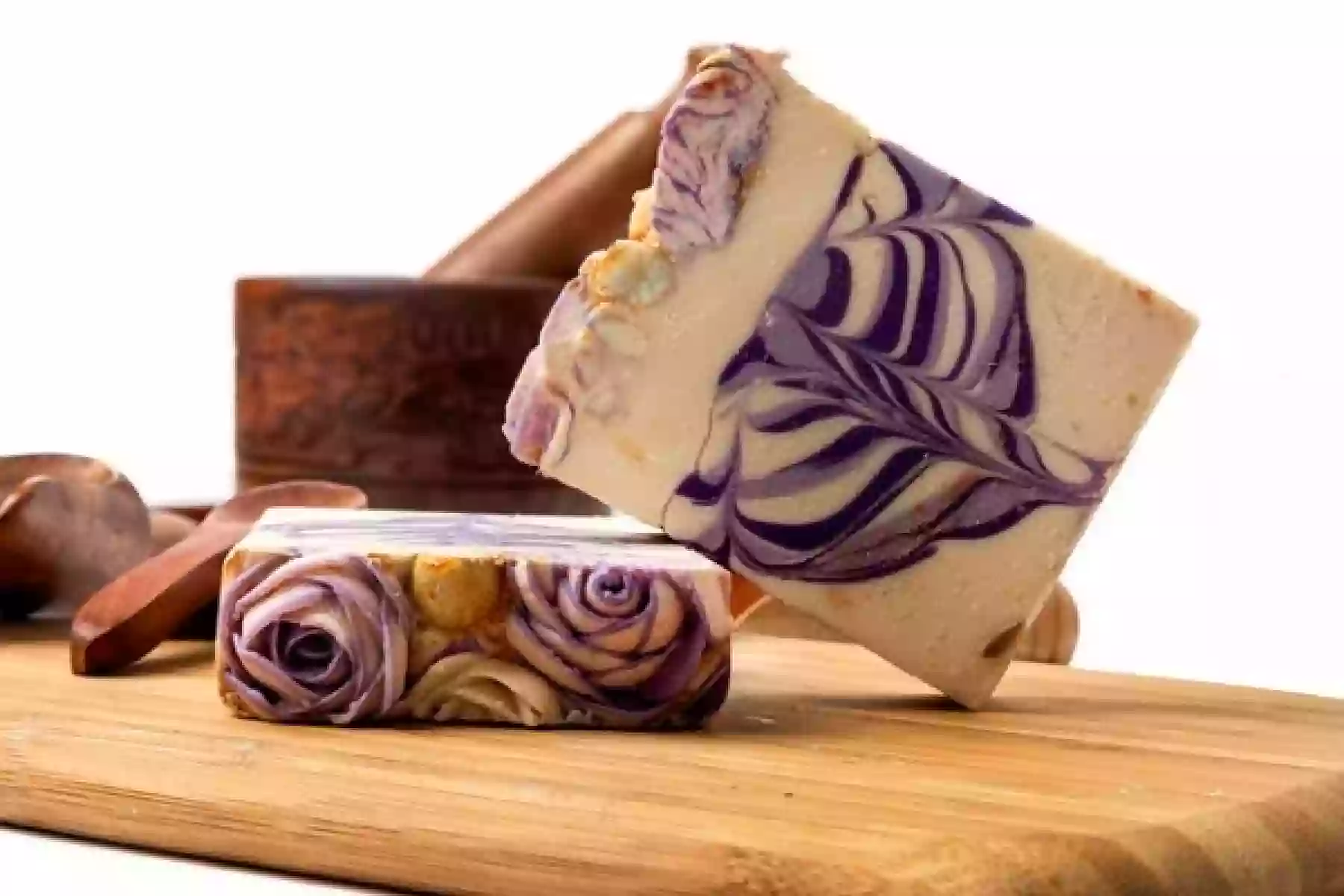Saponification in Soap-Making
Introduction
Are you curious about the captivating process that turns everyday ingredients into luxurious soap? Look no further! In this article, we will delve into the secrets of saponification, the magical transformation that occurs during soap-making. Get ready to broaden your knowledge and discover the fascinating world of soap chemistry!
Understanding Saponification
Saponification is the chemical reaction that takes place when fats or oils combine with an alkali, such as sodium hydroxide or potassium hydroxide. This reaction results in the formation of soap and glycerin, which are the building blocks of our beloved cleansing bars.
The Role of Fats and Oils
At the heart of saponification lies the goodness of fats and oils. These natural substances, derived from plants or animals, are composed of molecules called triglycerides. Triglycerides consist of three fatty acid chains attached to a glycerol backbone. The unique composition of different oils and fats contributes to the diverse qualities and properties of various soaps.
The Alkali Catalyst
In the saponification process, an alkali catalyst is used to trigger the reaction between the fats or oils and the alkali. Sodium hydroxide or potassium hydroxide, known as lye, are commonly used alkalis in soap-making. The alkali breaks down the triglyceride molecules, releasing the fatty acids and glycerol.
The Magic of the Reaction
Once the fatty acids are released from the triglycerides, they interact with the alkali, creating a chemical transformation known as hydrolysis. During hydrolysis, the alkali molecules react with the fatty acids, resulting in the formation of soap molecules and glycerin molecules.
The Science Behind Saponification
Saponification is a complex chemical process that involves intricate molecular interactions. Let’s explore the scientific aspects that make this reaction so fascinating!
pH Levels
The pH, or potential of hydrogen, plays a crucial role in the saponification process. The alkali used in soap-making is highly alkaline, with a pH greater than 7. This alkaline environment helps break down the fatty acid chains from the triglycerides allowing them to combine with the alkali and form soap molecules.
Exothermic Reaction
When saponification occurs, heat is released as a byproduct because it is an exothermic reaction. When the alkali reacts with the fats or oils, heat is generated due to the chemical bonds breaking and forming. This heat promotes the reaction, accelerating the saponification process.
Importance of Ratios
Achieving the perfect balance between the amount of fats or oils and alkalis is essential in soap-making. This ratio, known as the saponification value, determines the quality and properties of the soap produced. Each type of fat or oil requires a specific proportion to ensure a successful and well-balanced saponification process.
The Art of Saponification
Apart from being a scientific marvel, saponification is also an art that soap makers master through experience and creativity. Let’s explore some intriguing aspects of the saponification process!
Adding Fragrance and Colors
Soap makers can incorporate any flavors, essential oils, or colors they like into their products during the saponification process. These additions take place after the initial saponification has occurred, ensuring that the soap retains its desired scent and visual appeal.
Incorporating Extra Ingredients
Soap-makers often enhance their soaps by incorporating extra ingredients into the saponification process. This can include botanicals, exfoliants, vitamins, or even unconventional substances like coffee grounds or sea salt. These additions create unique properties and textures in the final soap product.
Conclusion
Saponification is truly a captivating process that combines science and art, resulting in the creation of delightful and nourishing soap. Understanding the secrets of saponification allows us to appreciate the meticulous craftsmanship behind every bar of soap we use. So, the next time you indulge in the luxury of a foamy lather, take a moment to ponder the remarkable journey from oils and alkalis to a beautifully crafted cleansing experience.



















